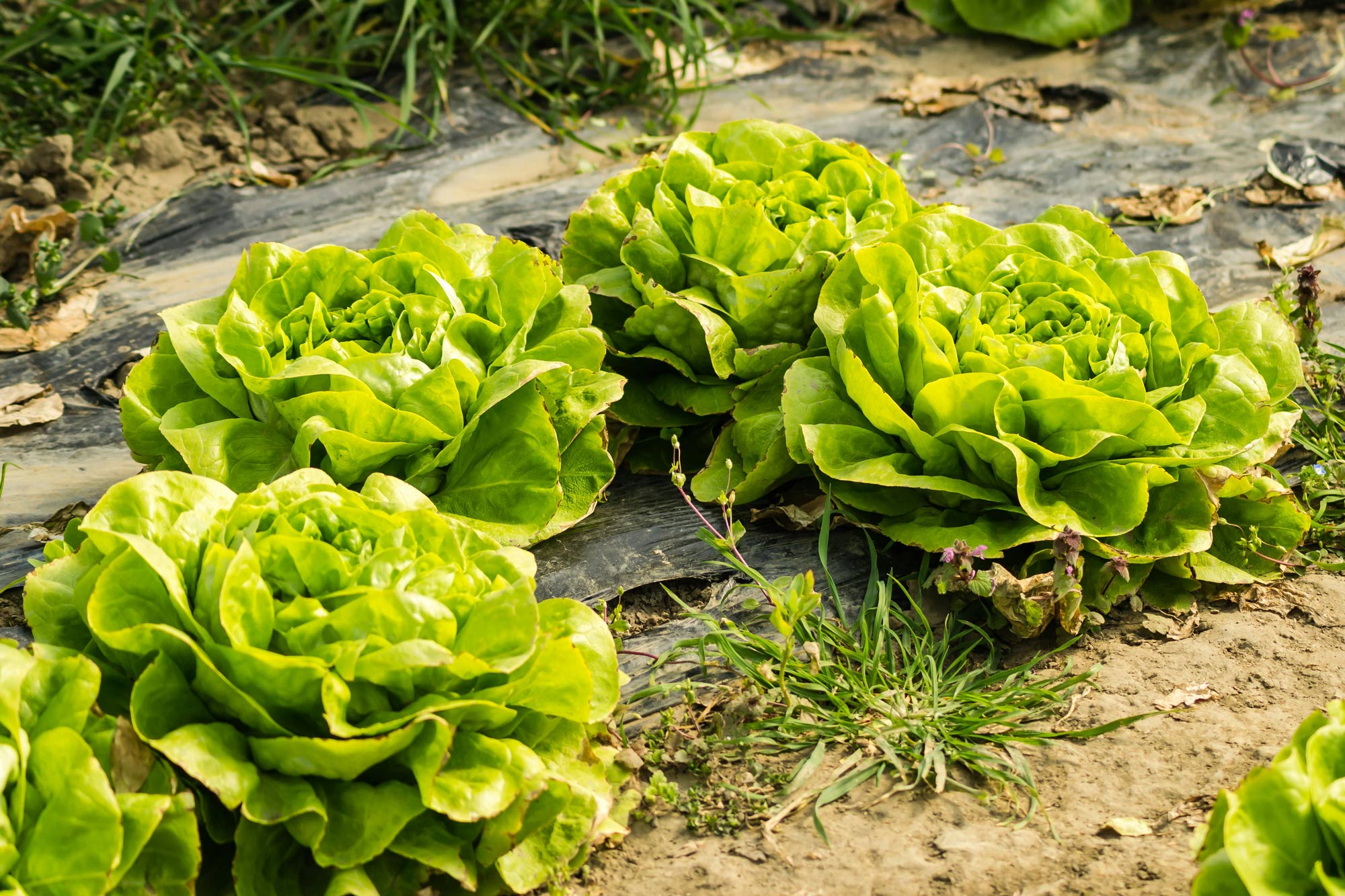Understanding Permaculture Zones
Permaculture zones help you design your garden or property so that everything is in the best spot for easy care and maximum growth. Imagine your space as a series of rings, starting from your house and moving outward. Each ring, or “zone,” is used for different things based on how often you visit or need to care for them. This smart layout saves you time, energy, and resources, making your garden more productive and sustainable.
What Are the Permaculture Zones?
Permaculture uses Zones 0–5 to organize your land:
Zone 0: The Home
This is the heart of your permaculture system—your house or main living space. It’s where you spend most of your time and use the most energy and resources. Here, you can include things like indoor plants, a kitchen compost bin, solar panels, and water-saving systems. The goal is to make your home as sustainable as possible.
Zone 1: The Kitchen Garden
This area is closest to your home and gets visited every day. It’s perfect for plants and projects that need lots of attention, like herbs, salad greens, tomatoes, strawberries, and small animals like chickens or rabbits. You might also keep your compost bin or worm farm here for easy access.
Zone 2: Orchards and Food Forests
A little farther from the house, Zone 2 is for things you check on a few times a week. This is where you’ll find fruit trees, berry bushes, perennial vegetables (like asparagus or rhubarb), and maybe a small greenhouse or beehive. These plants and animals need less care than those in Zone 1 but still benefit from regular visits.
Zone 3: Main Crops and Livestock
This is your “farm zone,” used for growing staple crops like corn, wheat, beans, and potatoes, or for grazing larger animals like cows, sheep, or goats. You might only visit this area once a week. It’s designed for big harvests and requires less daily attention, but still needs good planning for things like irrigation and animal rotation.
Zone 4: Semi-Wild and Managed Land
Zone 4 is mostly left to nature, but you might still gather wild foods, harvest timber, or let animals graze here sometimes. It can be a managed forest, a place to collect firewood, or a buffer between your garden and the wild. This area needs very little care and is great for foraging and learning from nature.
Zone 5: Wilderness
This is the wildest part of your property—an untouched area where nature is left to do its thing. You don’t manage this zone; instead, you visit to observe wildlife, enjoy nature, and learn how healthy ecosystems work. Even in small yards, you can let a corner grow wild to support local insects and birds.
How to Map Permaculture Zones in Your Garden
- Start with your home (Zone 0) and work outward.
- Think about what you use most often—herbs and salad greens go in Zone 1, fruit trees in Zone 2, and so on.
- Place things that need the most care closest to you.
- Use the outer zones for low-maintenance or wild areas.
- Remember: Zones are flexible! Adjust them to fit your space and needs.
By organizing your garden into zones, you’ll save time, grow more food, and help nature thrive—all while making your life easier.

